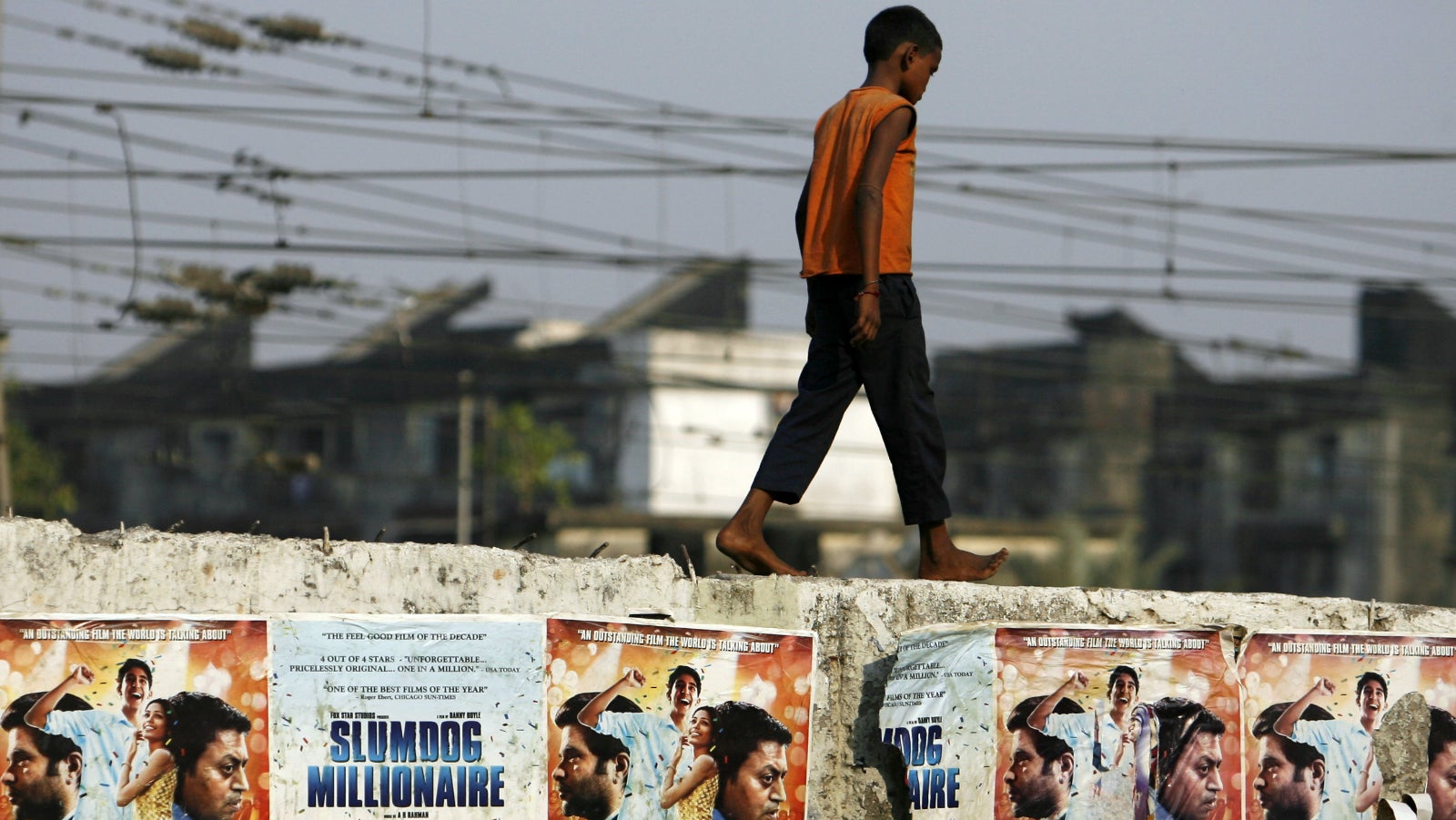India’s poor can’t get a meal at its restaurants even if they paid
One of the most revolting images of the British Raj that remains embedded in the Indian collective consciousness is of a signboard placed outside a whites-only club. It reads: “Dogs and Indians not allowed.”


One of the most revolting images of the British Raj that remains embedded in the Indian collective consciousness is of a signboard placed outside a whites-only club. It reads: “Dogs and Indians not allowed.”
One such signboard was, indeed, the target of a bunch of revolutionaries in the Bengal province of the 1930s.
Nearly 70 years after the country gained independence from the British, that invisible signboard remains outside many eateries and clubs—at least in urban India. And woe unto those who violate its spirit.
No entry
Last week, the Delhi deputy chief minister Manish Sisodia ordered a probe into allegations that a city restaurant had barred or ejected a few street kids. Sisodia threatened to revoke the eatery’s licence if it was found guilty.
“This is typical colonial mindset. Can’t be tolerated. Have ordered DM New Delhi to enquire & report within 24 hours,” Sisodia tweeted.
The kids had accompanied Dehradun-based writer Sonali Shetty to the Shiv Sagar restaurant. Shetty alleged that the “owner discriminated with (sic) the kids and refused service citing that kids aren’t well dressed and look dirty.”
However, the restaurant has called Shetty’s allegation baseless.
Earlier this year, women’s rights activist Mohini Giri’s colleagues were denied entry into Delhi’s elite Gymkhana Club, which referred to them as “maids.” Enraged, Giri took to social media: “First of all, they were office staff and not ‘maids’. Secondly, everybody, even ‘maids’, have a dignity that cannot be violated.”
Last year, a McDonald’s outlet in Pune, in the western Indian state of Maharashtra, drew public ire when it dismissed a homeless child accompanied by an adult who had offered to buy him a soft drink. McDonald’s, however, states that it does not “support any form of discrimination.”
Globally, most public and private spaces such as bars, movie halls, and malls keep “rights of admission reserved.” This is apparently done to shun miscreants. In India, however, this is also a tool to maintain the class-exclusivity of the premises.
The restaurant industry, though, claims that it is solely the owner’s call. “We cannot frame any guidelines to monitor this,” said Prakul Kumar, secretary-general, National Restaurant Association of India.
However, eateries cannot discriminate as long as they are getting paid, said a restaurateur who did not wish to be named.
Besides, article 15(2) of the Indian constitution prohibits restriction of any citizen on grounds of religion, race, caste, sex or place of birth, from accessing shops, public restaurants, hotels, and places of public entertainment.
But as economic progress and economic inequality clash head-on in the country, the idea of exclusivity is only gaining more currency.
“In this new India that is emerging, we have taken to ‘exclusivity’ as a side-effect of growing obsession with status. Thus, we like to draw boundaries to who can access what,” said Surinder S. Jodhka, professor at the School of Social Sciences, Jawaharlal Nehru University.
Politics of the elite
In a country of 1.77 million homeless people, it is a common sight to find the poor infiltrating spaces reserved for the elite, triggering class conflicts of sorts. After all, India’s per capita income grew by a stupendous 141% between 2005 and 2015. Yet, according to an Oct. 2015 Credit Suisse report, the country’s richest 1% owned about 61% of the wealth that increased by $2.284 trillion during 2000 and 2015.
Mass migrations from villages and smaller towns to big cities are altering demographics and fuelling social anxiety among the upper-middle class.
According to New Delhi-based sociologist Shiv Vishwanathan, this anxiety is stoking a need among India’s emerging consuming class to define itself on the basis of brands or spaces it can own or occupy.
“Restaurants are trying to be club-like, in trying to keep entry restricted, a hangover of the snob value practised by elite clubs for many years. As the population of aspirational households increases, there will be more such instances,” explained Visvanathan.
Such distinctions borrow from the traditional hierarchies—based on caste—that earlier gave certain sections an exclusivity over public spaces, JNU’s Jodhka says. So, urban India’s class distinction is only a new version of the traditional caste system.
“In a society that is obsessed with ‘status’, nobody likes equality. They like hierarchy,” said Jodhka.
We welcome your comments at [email protected].